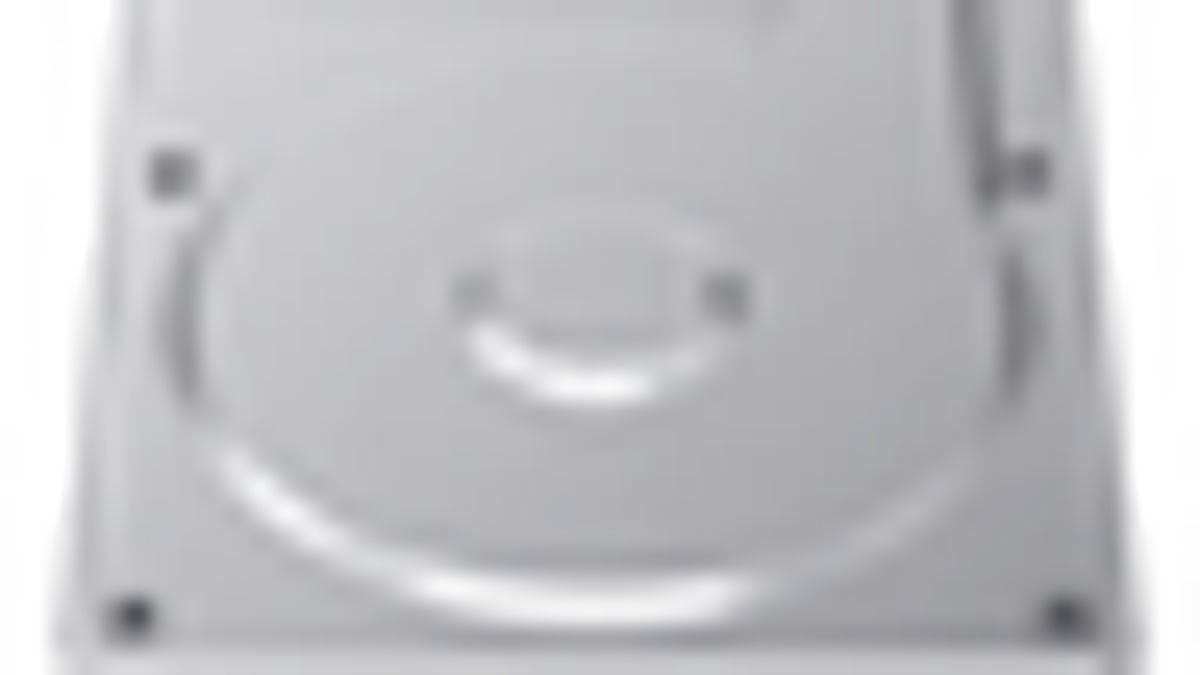Files suddenly gone? No backup? Here's what to do...
If you find yourself in a situation where you have lost very important files that you do not have backed up, they should still be present on the drive itself and may only be removed from the drive's index.

If you find yourself in a situation where you have lost very important files that you do not have backed up, they should still be present on the drive itself and may only be removed from the drive's index. This is useful because it means the files are still present and can be recovered; however, before you can start the recovery process there are some data safety considerations to keep in mind.
Since the space for the files has been designated "free for use" to the system in the drive's index, the first and foremost thing to do is reduce the drive's use to a bare minimum until you are set up to perform the file recovery. Booting or running applications from the drive will create temporary files such as caches and write virtual memory, which may overwrite any files that are in space that has been designated "free for use" in the drive's index. As such, the safest method for data recovery is to access it from another computer as a secondary drive, and not use it as a boot drive.
To do this, you will first need the following items:
- A second Mac
- Cloning software capable of block-level cloning
- A spare external HD that is at least the same size as the original
- File-recovery software
- A Firewire cable (and possibly a FireWire 400-to-800 adaptor)
The procedure:
Set up the second Mac to recover files
Once again, do not use your Mac with lost files since doing so may overwrite the lost files. Instead, get access to another Mac that has firewire connections and install the cloning and recovery software on it.
Connect the first Mac to it as an external hard drive.
Start up the Mac with lost files and hold the "T" key down at startup to get to Target Disk mode. This will allow the internal drive to be mounted as an external drive when connected to another computer with a firewire cable.
Perform a block-level clone of the drive from another computer
With the cloning software, perform a block-level clone of the drive (not a file-level clone). This is important because it will ensure all data (visible and hidden) is copied to the new drive. Once the drive has been cloned, unmount it by dragging it to the trash. If you need to re-clone, you can use Disk Utility to mount the drive again.
Run a file recovery program on the clone
Using your file recovery program, run a recovery routine on the cloned drive. Save the files to your second Mac or to the cloned drive, and be sure they are intact and contain the data you need.
Backup and restore
With the files recovered, back them up on the second Mac or to the cloned drive so they can then be restored to the original Mac once you boot it back up normally.
If you do not have firewire capability on your system (MacBook and MacBook Air models), you can still perform these steps by removing the drive and putting it either in an enclosure or directly in another Mac; however, this may require you to disassemble your system.
Unfortunately, taking a drive with lost data in to any service department (including an Apple store) may not be the best idea, because they may not take proper precaution to safeguard the data in their efforts. I've heard frustrating reports where service centers have just wiped drives clean and zeroed them out, instead of properly recovering the files. Despite this, for Macs without firewire you may have no choice so be sure to discuss the concerns about data recovery with the technicians before letting them take over.
As a preferred alternative to any service bureau, there are a number of data recovery services such as DTI Data or Disk Doctors which specialize in file recovery. These can be expensive (hundreds to thousands of dollars, depending on the problems) but should be able to extract any data if possible.
Questions? Comments? Post them below or email us!
Be sure to check us out on Twitter and the CNET Mac forums.

